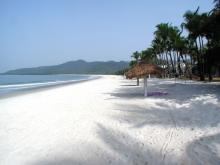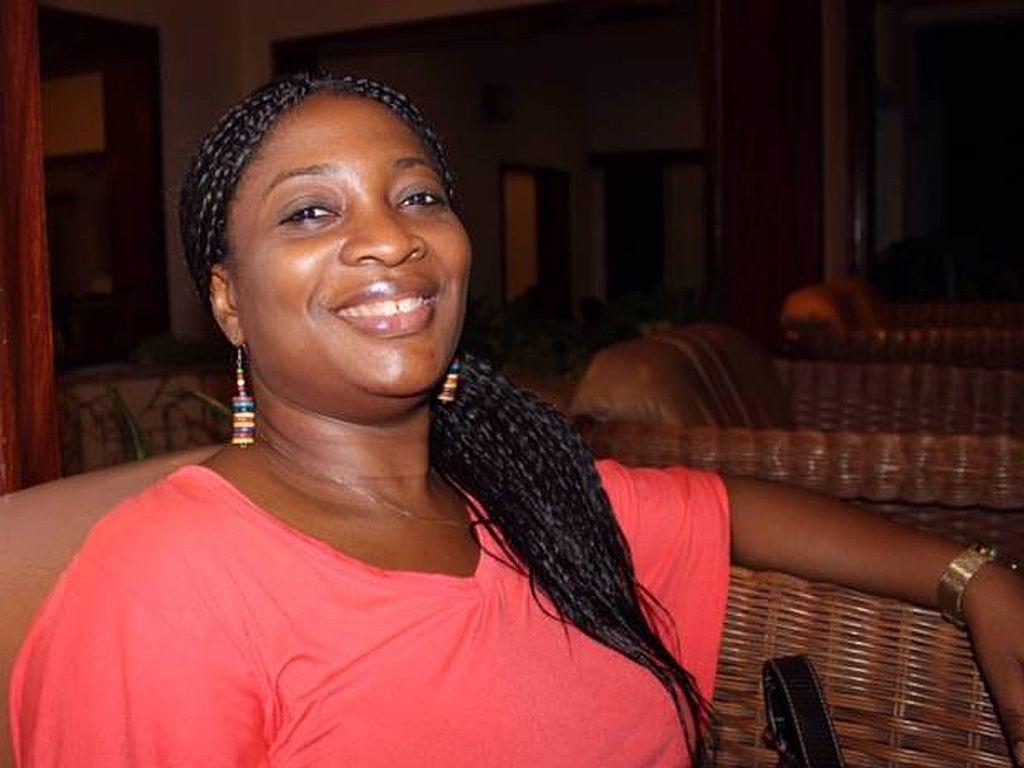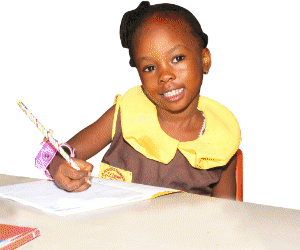By Abass Jalloh
The Sierra Leone government has unveiled plans to reinforce its HIV/AIDS response effort.
The government on Thursday unveiled a strategic action plan which focuses on mass sensitization geared towards getting people test and know their status.
Officials of the National AIDS Secretariat (NAS) made the announcement two days after the commemoration of World AIDS Day 2020. The theme for this year’s World AIDS Day is Global Solidarity and Shared Responsibility. In Sierra Leone, it was domesticated as National Solidarity and Shared Responsibility to end AIDS by 2030.
According to NAS, the National Strategic Plan (NSP) 2021 – 2025 will guide the response to the HIV/AIDS pandemic up to 2025.
Speaking at a press conference hosted by the Ministry of Information and Communication, the Director-General of NAS, Abdulrahman Sesay, said that their vision and focus is to coordinate the national response towards making HIV a non-public health and development problem, by reducing new HIV infections, AIDS related mortality, and eliminate HIV related stigma and discrimination.
“The Demographic in Health Survey for Sierra Leone estimated a prevalence of 1.7% among the general population, and for women it is 2.2% and for men it is 1.1%. This data tells you the feminization of the epidemic, meaning that the prevalence rate among women is higher than men,” he said.
He went on: “We have an estimated number of 78, 667 people living with HIV in Sierra Leone, that is our spectrum projection which we normally do for planning, but when we look at the prevalence rate, we also have particular groups that we refer to as key populations which are female sex workers, clients of sex workers, men having sex with men, people who inject drugs, prisoners, and transgender [male to female] and transgender [female to male],” he told journalists.
The Director-General further emphasized that Sierra Leoneans lack the ability and effort to know their HIV status and that people do not go to the hospital for testing.
“We are not doing well on testing. People are not testing. Although the testing services are available for free, people are not just going there to test to know their status. And it is only when people test we would be able to make improvement,” he said.
Sesay added that the new NSP will introduce things like self-testing and family testing and that self-test kits will be available in pharmacies and NETHIPS [Network of HIV Positives] support groups especially for pregnant women to access.
According to the data presented by Sesay, the percentages of people who know their status are very low when compared to those who do not know, noting that 43% of people knew their status in 2017, 46% in 2018, 48% in 2019, and 52% in 2020. People who have been on treatment in 2017 is 73%, 2018 is 81%, 2019 is 88%, and 2020 is 86%. For people who are virally suppressed in 2017 is 66%, 2018 is 63%, 2019 is 88%, and 2020 is 78%.
The NAS boss said its response efforts face challenge by the outbreak of emergencies, heavy reliance on external donors, persistence in stigma and discrimination by community people, gender inequalities and increase in SGBV, among others.
The National HIV/AIDS Secretariat was established in 2002, and its mission is to provide policy and strategic framework for mobilizing and coordinating resources for the prevention of HIV transmission and provision of treatment, care and support to the infected and affected people in Sierra Leone.
Copyright © 2020 Politico Online








